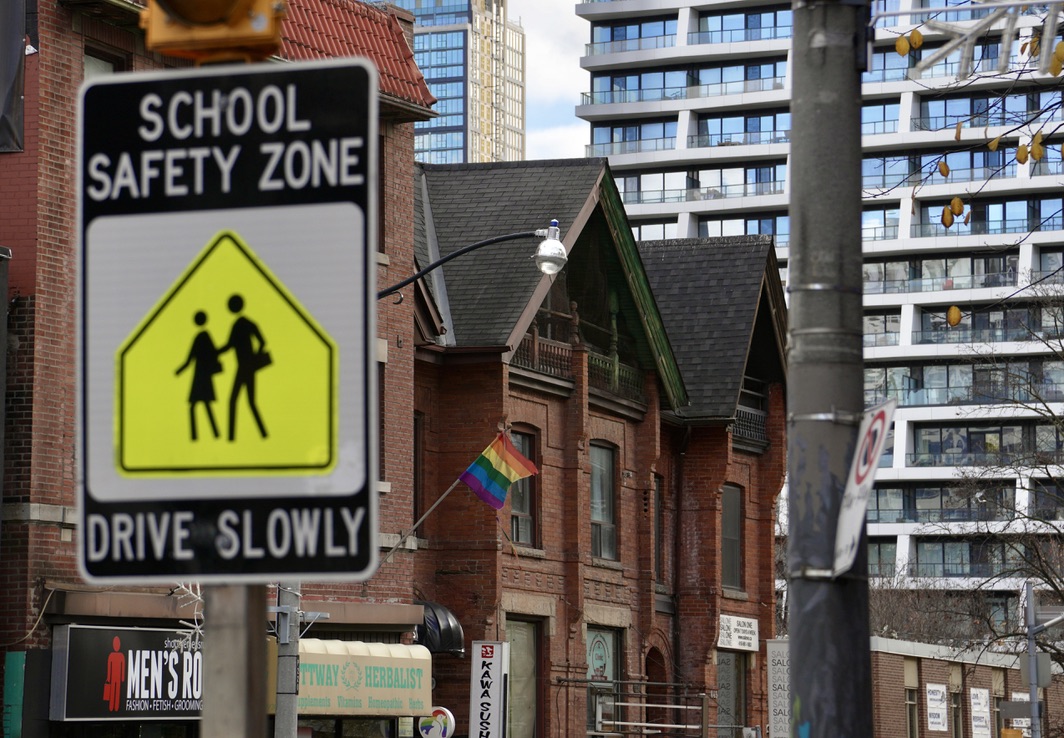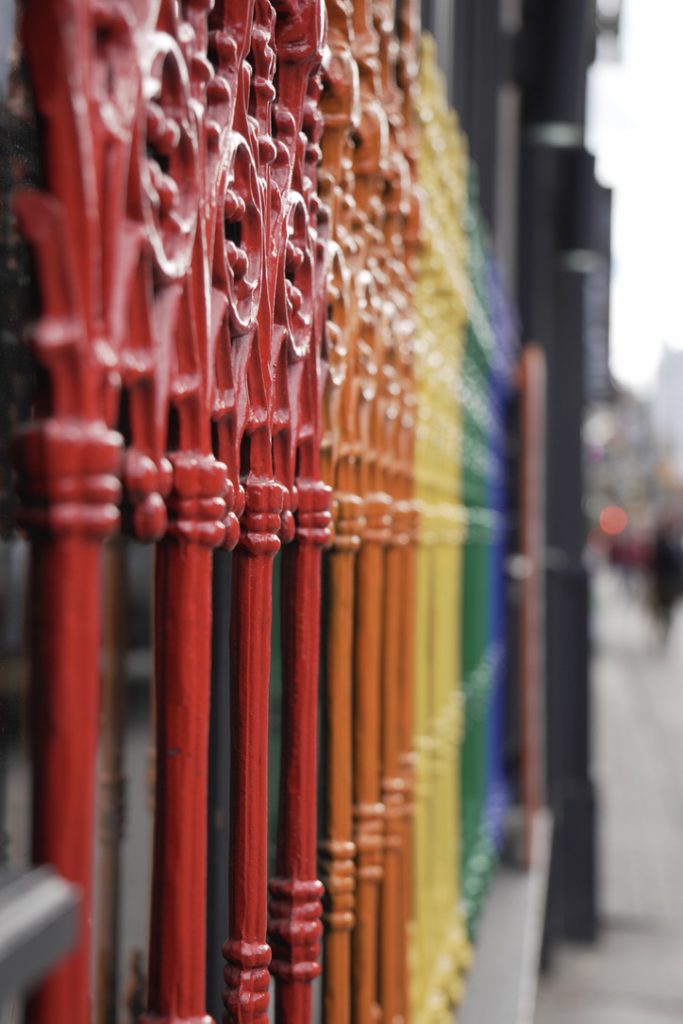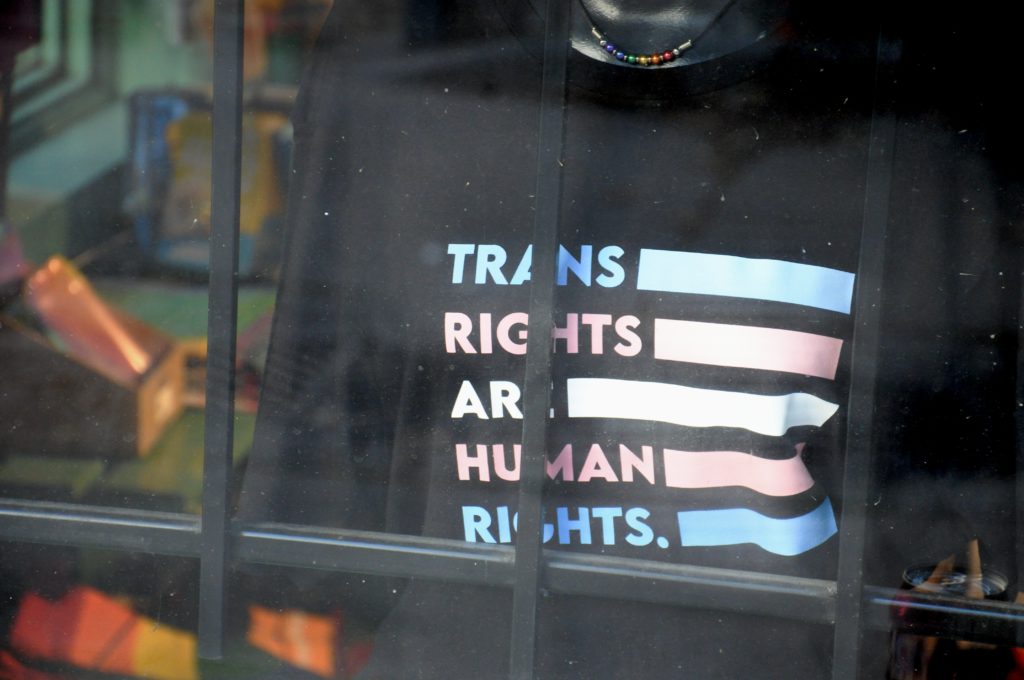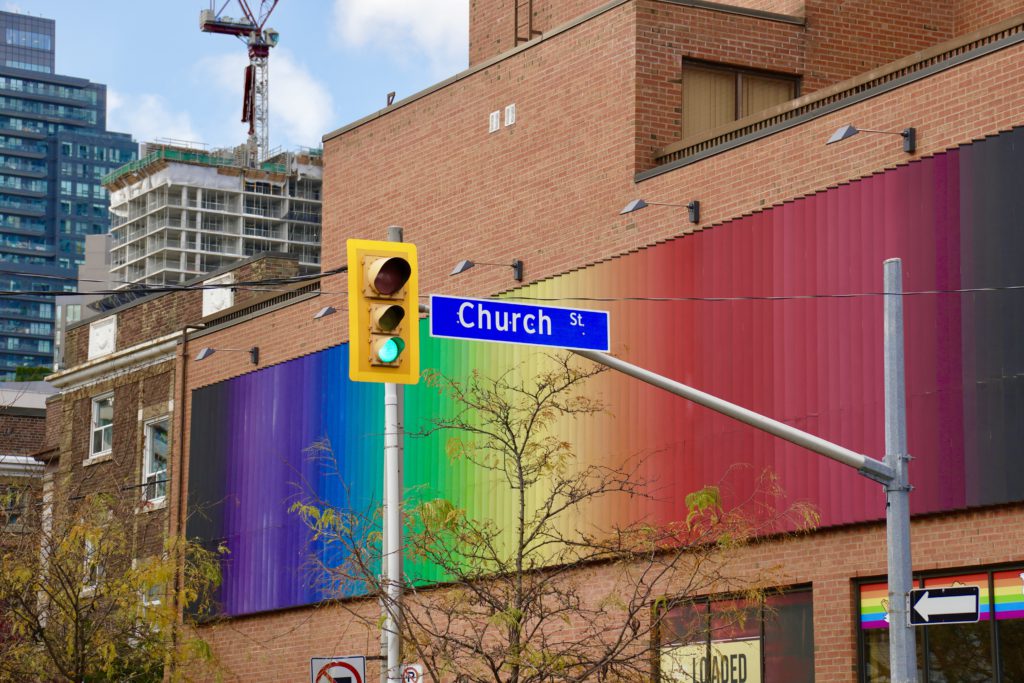For many 2SLGBTQIA+ people, coming to Church and Wellesley, the heart of the Gay Village in downtown Toronto, is more than a night out. It is a religious experience. Teenagers search for their ID, queer couples dance to drag shows, and glitter sticks to the inside of windows. For one night, you don’t feel like an outlier. You become part of a historic community.
At night, the Church and Wellesley is home to unforgettable nightlife with bars such as Woody’s, Crews & Tangos’, Flash, each offering their own music and drag scene. In the light of day, the Gay Village becomes a hub for comradery, home to The 519 — the 2SLGBTQIA+ community centre, coffee shops, and Glad Day Bookshop – the first-ever queer-focused bookshop in the world.
The commute from York to Church Street is a 50-minute unpredictable and at times hostile TTC ride. To reach the haven for self-expression, you must first expose yourself as a queer person to the rest of the city. You must dodge dirty looks aimed at the clothes you dared to wear that don’t conform to your assigned gender or assumed sexuality.
For York students, it is hard to find a safe space more locally. This year, I posted a question on YorkU Reddit, looking for a queer bar in the York University area. Immediately, I received several hostile comments, telling me my request was reprehensible.
None of the bars on campus or in the York Student Village cater specifically to queer individuals. All students want is a safe night out, but the environment in straight spaces is just not as accepting. Many still assume your gender and sexuality based on appearance, while you feel tolerated in a space that was not designed for you.
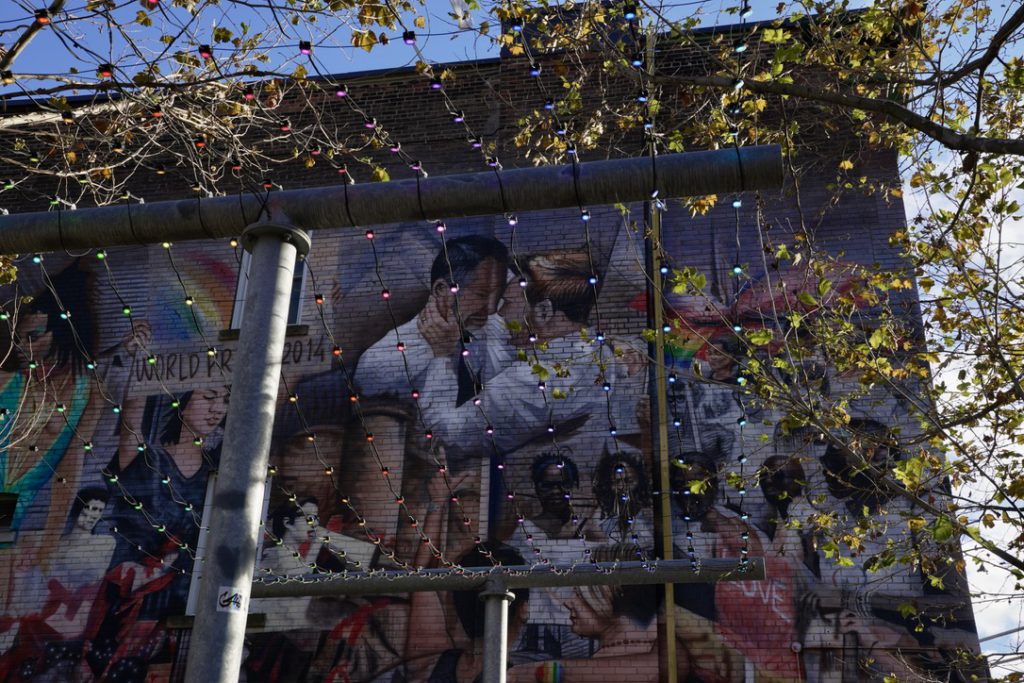
York prides itself on being one of the most diverse and inclusive institutions in Canada, but for 2SLGBTQIA+ individuals, resources at the university are limited. After the Centre for Women and Trans People has closed, the weight of providing a dedicated queer space falls on TBLGAY at York.
Kore, the coordinator of TBLGAY, explains that the support group doesn’t receive any institutional financing from York but relies entirely on funding from the YFS. “Our budget is only $30,000, which sounds like a lot until you consider, for example, paying people,” Kore says. “We get basically zero institutional support.”
It would be unfair to say that York has made no efforts to serve the queer community. In the past, the Centre for Sexual Violence Response, Support & Education has created spaces for trans and genderqueer students to connect. Student Counselling Health & Well-Being currently hosts regular support groups focused on queer experiences. However, this doesn’t make up for the university’s failure to accommodate basic needs, such as providing an adequate number of gender-neutral washrooms or funding support groups.





The 2SLGBTQIA+ students at York face obstacles even in digital spaces. “The school that I go to misgenders me constantly and I have to email every professor and every TA before classes start” says Robyn, a second-year screenwriting student at York.
Being queer at York feels like transiting to Church Street on the TTC. To be seen, recognized, and accepted without bounds, you must face impasse after impasse in the system that wasn’t built with you in mind.
Kore says: “York as an institution is not queer accepting, it’s just very good at presenting itself as [such] because queer acceptance is not about a pride flag drop, it’s about ‘do these systems work for us?’ and the overwhelming answer is ‘no, they don’t.’”
This explains why, even in 2024, there is a need for spaces like Church Street. At York, we want to feel accepted without begging for a name change or bargaining to get access to resources. We want York to introduce systems designed for the queer community, to build more gender-neutral washrooms, accelerate the name change process, and fund centres for community support. We want York to become a safe space, not from the outside, but from within.
Photos courtesy of Mia Menard, Stacey Kuznetsova, and Ruth Gay


